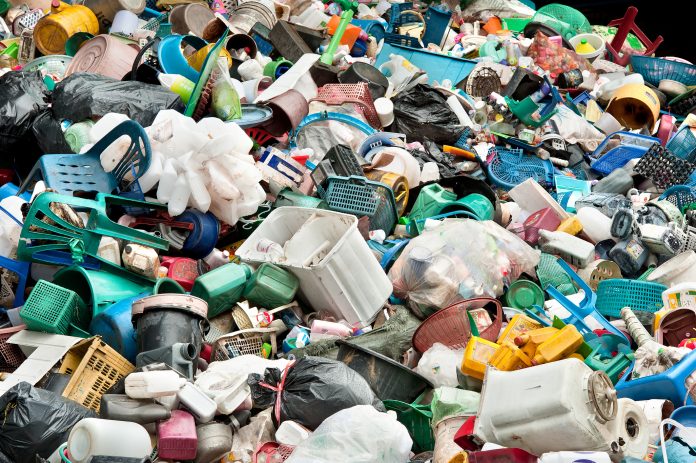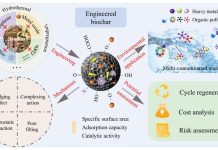The European Union continues to face the challenge of plastic waste with EU countries generating 42.5 million tonnes of plastic waste in 2022 alone
Although there have been ongoing efforts to improve recycling and reduce pollution, a new study by the European Commission’s Joint Research Centre (JRC) offers new insights into how plastics flow through the EU economy and how the sector can become more sustainable in the future.
The scale of the problem
In 2022, the EU consumed 62.8 million tonnes of plastic, averaging 140 kg per person. Most of this plastic (92%) was produced within the EU, although certain sectors, like textiles, rely heavily on imports. The textile industry alone accounts for 32.4% of all imported plastics.
Despite a five-fold increase in recycling capacity since 1996, only around 20% of plastic waste is recycled. The remaining 80% is either incinerated or ends up in landfills. This creates not just a waste problem, but a significant source of pollution and greenhouse gas emissions.
Packaging is the most significant contributor to plastic waste, responsible for nearly half of the total volume. However, around 35% of packaging waste is recycled, thanks to relatively effective collection systems. Other sectors lag far behind. Textile waste, for instance, is poorly sorted and only 1.5% is recycled, with the rest typically ending up in incinerators or landfills.
Plastic pollution and environmental damage
One of the most concerning findings in the JRC report is the amount of plastic lost to the environment. In 2022, the EU lost 3.7 million tonnes of plastic, almost 6% of total consumption. These losses occur across the entire life cycle, with the consumption phase accounting for 45% of the leakage. Familiar sources include littering of packaging, microplastic release from tyre wear, and fibre loss during textile washing.
About 38% of plastic leakage is linked to mismanaged waste or losses during disposal. Most of this plastic ends up in soil, while 0.7 million tonnes make their way into rivers, lakes, and oceans.
High carbon footprint
Plastic production and use in the EU generated over 252 million tonnes of carbon emissions in 2022. Manufacturing alone accounted for 58% of this footprint. If the EU plastics sector were a country, it would rank as the 5th largest emitter in the region. With global plastics consumption expected to double by 2060, the urgency to act is apparent.
The JRC report identifies several ways to reduce the environmental impact of plastics. One key solution is shifting production away from virgin fossil-based sources toward alternatives like recycled materials and bio-based plastics. Although bio-based plastics currently make up a small portion of the market, their use is growing, particularly in packaging.
Improving waste collection and sorting is another critical area to focus on. Many plastics that are currently incinerated or landfilled could be recycled if better sorted at the source. Combining mechanical and chemical recycling technologies could also play a significant role in dealing with complex or contaminated plastic waste that traditional methods can’t process.
A circular future for plastics
Although there are numerous challenges, the plastics sector can become more sustainable through innovation, investment, and policy reforms. Encouraging eco-friendly production methods, reducing reliance on fossil fuels, and improving recycling systems are all necessary steps to build a circular economy for plastics in the EU—one that minimises waste and environmental harm.











